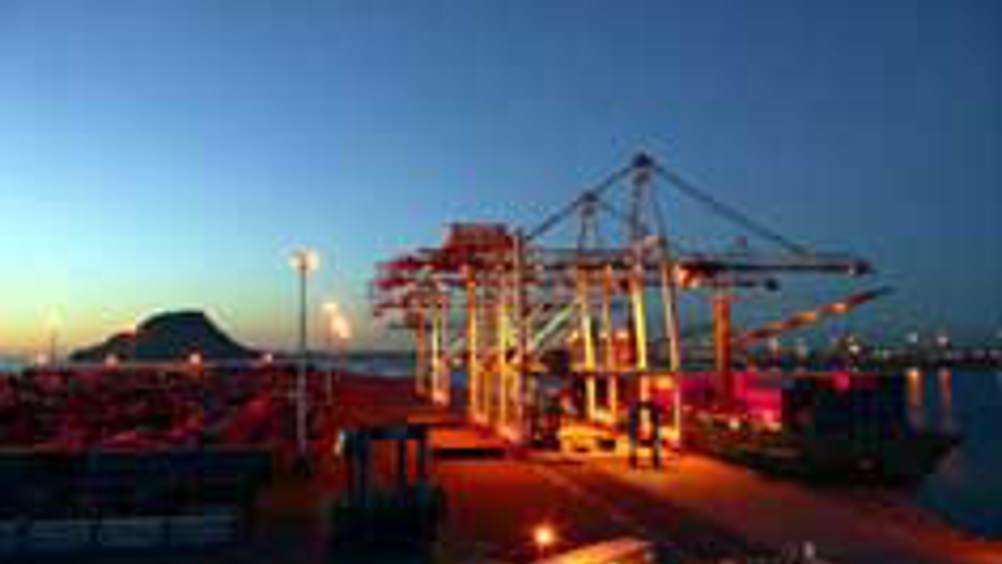Lighting system beats the bugs
A new lighting system being trialled at the Port of Tauranga in New Zealand aims to reduce pest contamination of sawn timber and logs in an environmentally friendly way.

Scientists at Crown Research Institute Scion are using the site to trial a new lighting system, which is designed to be less attractive to insects.
Project leader Dr Steve Pawson said that the lights normally used by the port attract millions of insects every night, whereas certain wavelengths of light in the yellow spectrum are the opposite for some insects - completely unattractive.
He added: ‘For a busy port like Tauranga, being able to operate at night is essential but, as most people know from their own homes, standard light bulbs are highly attractive to insects.
‘Unfortunately, the bright lights are like a “smorgasboard open” sign to insects such as the burnt pine longhorn beetle, who could end up booking themselves a free trip on forest-product exports.’
The trial, beginning in January and running for six weeks, aims to identify which type of yellow light is most effective in deterring insects, thereby reducing insect contamination and the need for fumigation.
Register now to continue reading
Thanks for visiting The Engineer. You’ve now reached your monthly limit of news stories. Register for free to unlock unlimited access to all of our news coverage, as well as premium content including opinion, in-depth features and special reports.
Benefits of registering
-
In-depth insights and coverage of key emerging trends
-
Unrestricted access to special reports throughout the year
-
Daily technology news delivered straight to your inbox










Construction industry lags in tech adoption
Are these the best people to ask "Insights from 2,000 Industry Leaders"? - what would their customers views be like (perhaps more...